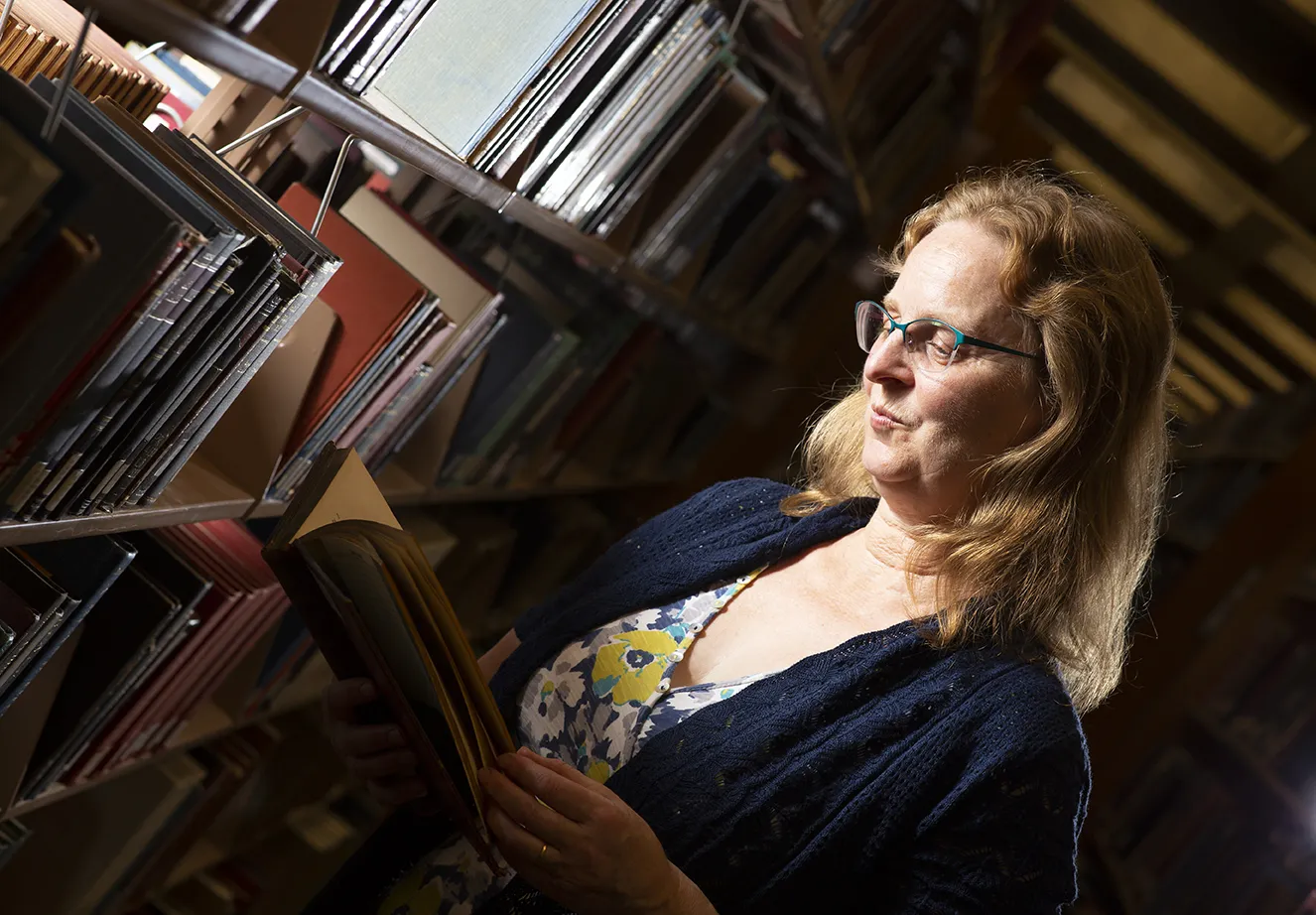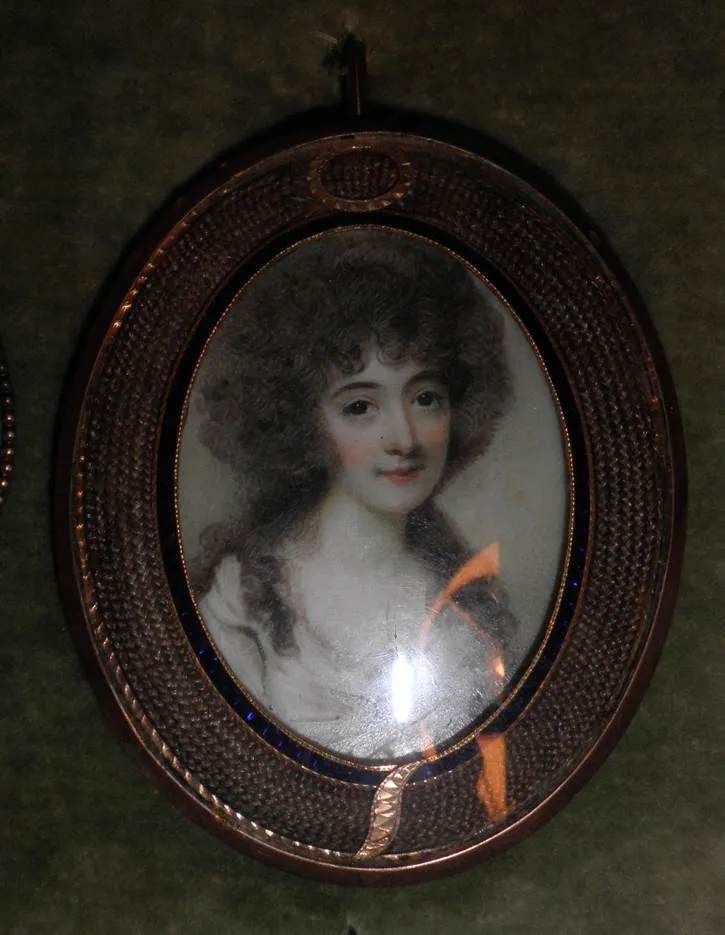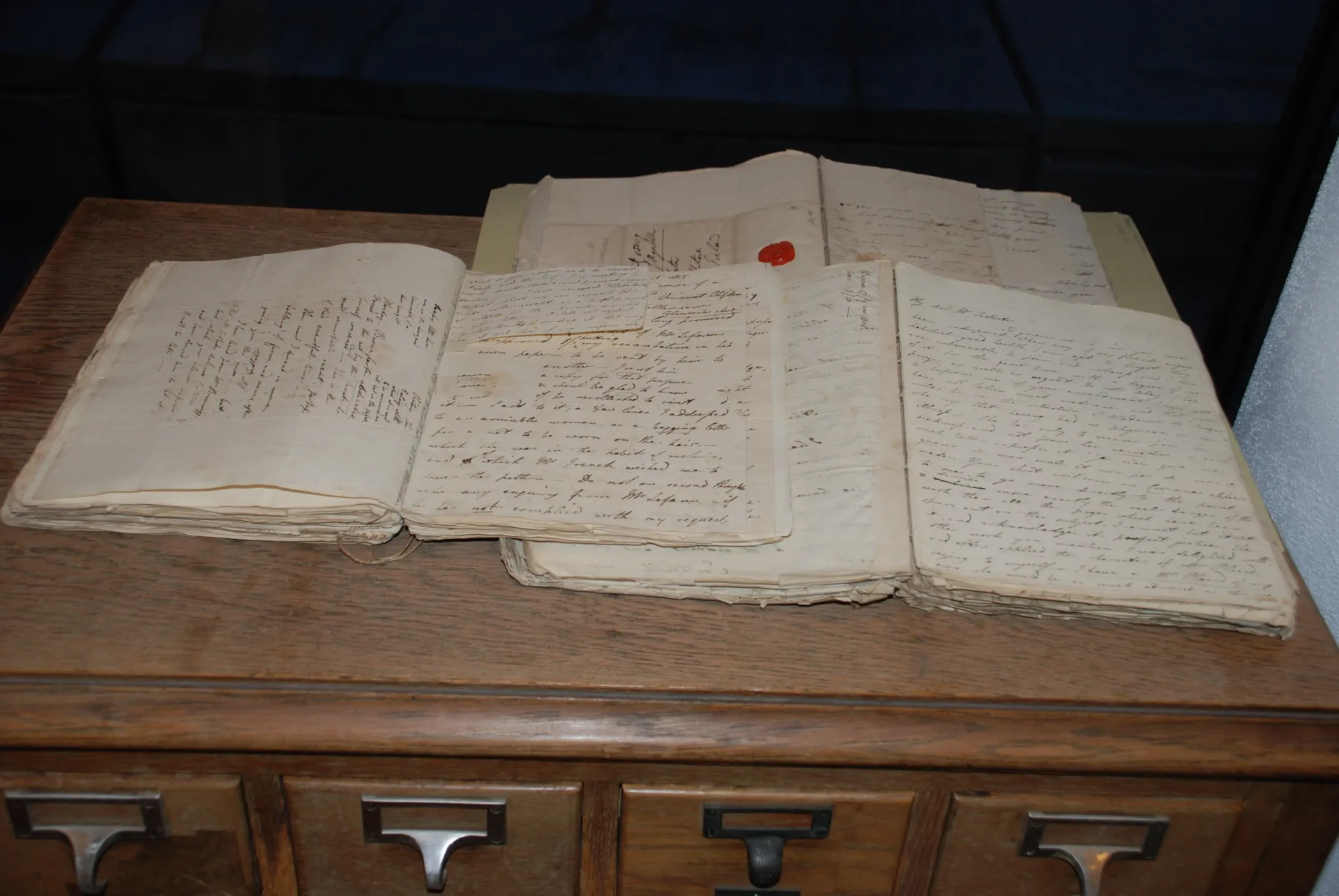Ithaca College professor Katharine Kittredge went to England in 2002 looking for the subject of her next research paper. What she found was a gripping tale of loss, adventure and romance — and the ghost of a Romantic-era poet who still haunts her to this day.
Like many good ghost stories, this one starts with a grave: Jane Austen’s, in fact.
Frustration had driven Kittredge to Austen’s grave in Winchester Cathedral. Three weeks combing national libraries and local record offices across England and she’d come up dry on prospects for her project.
The Hampshire Record Office was near the train station, and Kittredge says she felt compelled to stop by after paying homage to Austen. A teenager was hogging the only computer, so she hauled the old paper indexes off a shelf and started flipping through.
“There was this name that came up over and over again: Melesina Chenevix St George Trench,” Kittredge says. “It sounded like something out of Dickens. What a name! And there were thousands and thousands of documents associated with her.”
Kittredge’s curiosity got the better of her. She requested a few documents to peruse.
“I planned to move on and do a sampling of any other women from that time period, and I just got stuck on Melesina,” she says. “She made me laugh, and she has a great turn of phrase.”
“It’s like time travel. You’re seeing through her eyes, and she’s looking at everything — what’s coming up in the garden, what’s happening in London and what the latest gossip is in the local church.”
The last document Kittredge requested before the Hampshire Record Office closed for the day turned out to be a small, unassuming brown journal. But the words on its opening page moved her to tears: “Frederick Trench expired at a quarter before eight o’clock in the evening, June the seventh, 1806 — aged two years eight months and four days.”
Throughout what Kittredge came to call the “mourning journal,” Trench tries to work through her grief, capturing details and remembrances of her son and reaching for comfort from philosophers and poets. It brought the experience of motherhood in that time to life, Kittredge says.
“There was no doubt in my mind that the journal was unique, and that what it offered — a view into the most private thoughts of a woman in the past — made it an extraordinary find,” Kittredge later wrote of the discovery.
She became determined to bring it, and Trench, into the modern world.


